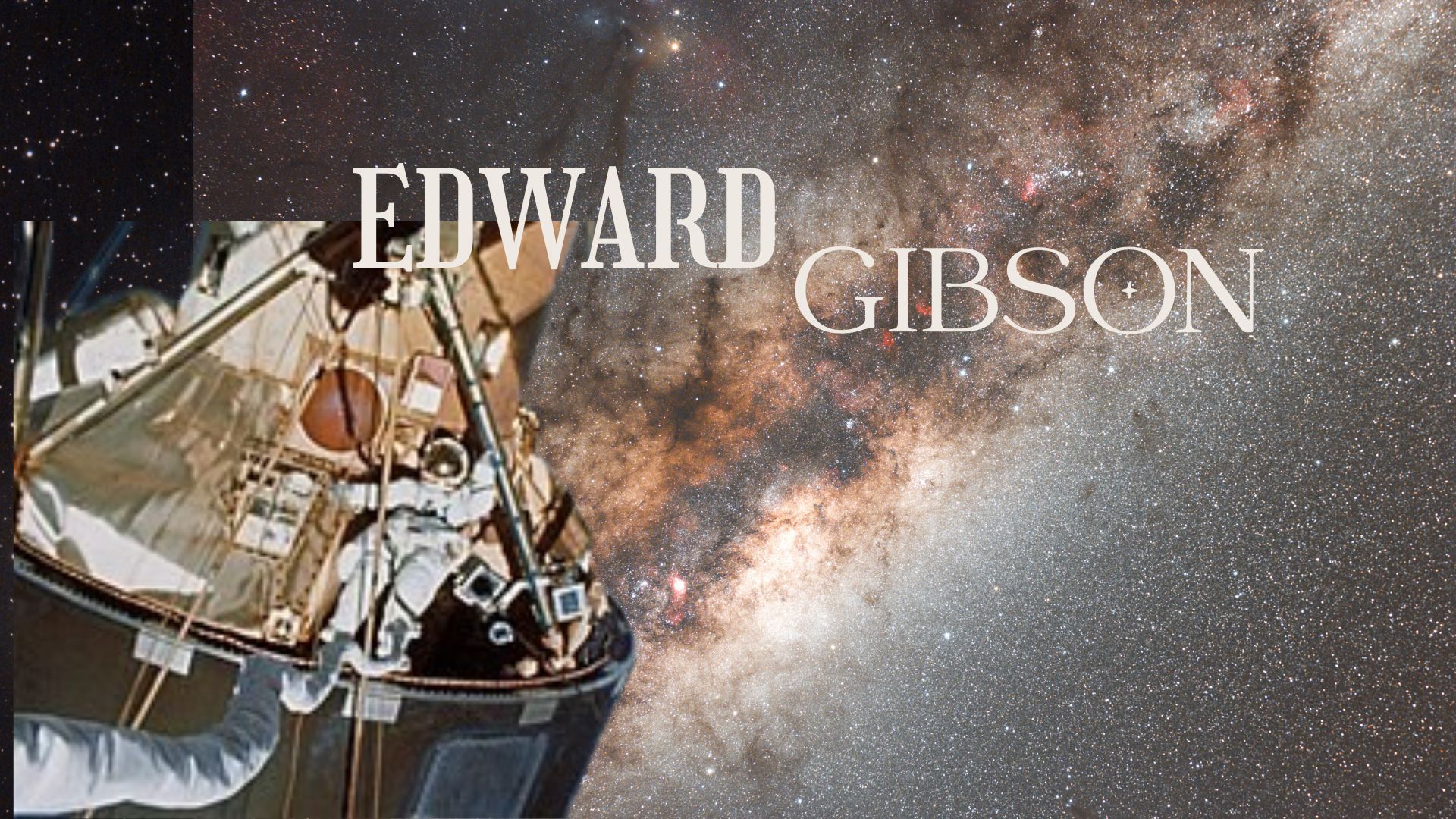
Dr. Edward Gibson is a name that is highly regarded in the realm of space exploration. He is not only a former NASA astronaut but also a distinguished scientist, engineer, and author. His journey from a young boy overcoming illness to an individual who lived and worked in space exemplifies what can be accomplished through perseverance, education, and resolute determination.
Edward Gibson was born in 1936 in Buffalo, New York. As a child, he encountered a severe bone infection known as osteomyelitis. This condition could have hindered him from ever leading a normal life. However, Gibson was undeterred. With medical treatment and a robust will, he recuperated and progressed towards his aspirations.
He advanced to study engineering at the University of Rochester, subsequently earning both a master’s degree and a Ph. D. from the California Institute of Technology (Caltech). His academic focus was on engineering and physics, providing him with a solid foundation to become a scientist-astronaut at NASA.
In 1965, NASA appointed him to join their astronaut program. Unlike many of his peers who were military pilots, he was a scientist who would contribute a new dimension of knowledge to space missions. Gibson initially operated behind the scenes, assisting with Apollo 12 and communicating directly with astronauts during their mission.
Nevertheless, his most significant accomplishment occurred in 1973 when he participated in Skylab 4, the final crewed mission to America’s inaugural space station. Together with two fellow astronauts, Gibson spent 84 days in space—a record at that time. During the mission, he spearheaded solar research utilizing the Apollo Telescope Mount and aided in examining the effects of living in space on the human body.
His contributions enhanced NASA's understanding of space and established protocols for preparing astronauts for extended missions in the future. He demonstrated that the presence of scientists in space was equally vital as that of pilots.
Upon his departure from NASA in the early 1980s, Gibson did not decelerate. He collaborated with aerospace firms, disseminated his knowledge, and contributed to the design of plans for prospective space stations. He also founded his consulting firm, Gibson International Corp. , endorsing projects that sought to propel humans deeper into space.
In addition to his contributions in the field of science and engineering, Gibson is also an author. His most recent book, Space: Ever Farther, Ever Faster NOW! , recounts the narrative of his life and experiences. It also discusses the continued significance of space exploration in the current age. The book motivates young individuals and aspiring scientists to dream ambitiously and engage in the forthcoming era of space exploration.
Edward Gibson life serves as a testament to what human beings can accomplish when they embrace resilience. His transitional journey from ailing youth to space explorer exemplifies that anything is feasible with the appropriate mindset. In today’s context, as the world redirects its attention to the Moon and Mars, Gibson’s narrative serves as a reminder that the future belongs to those who are prepared to strive for it.
Published by Gatsbypress